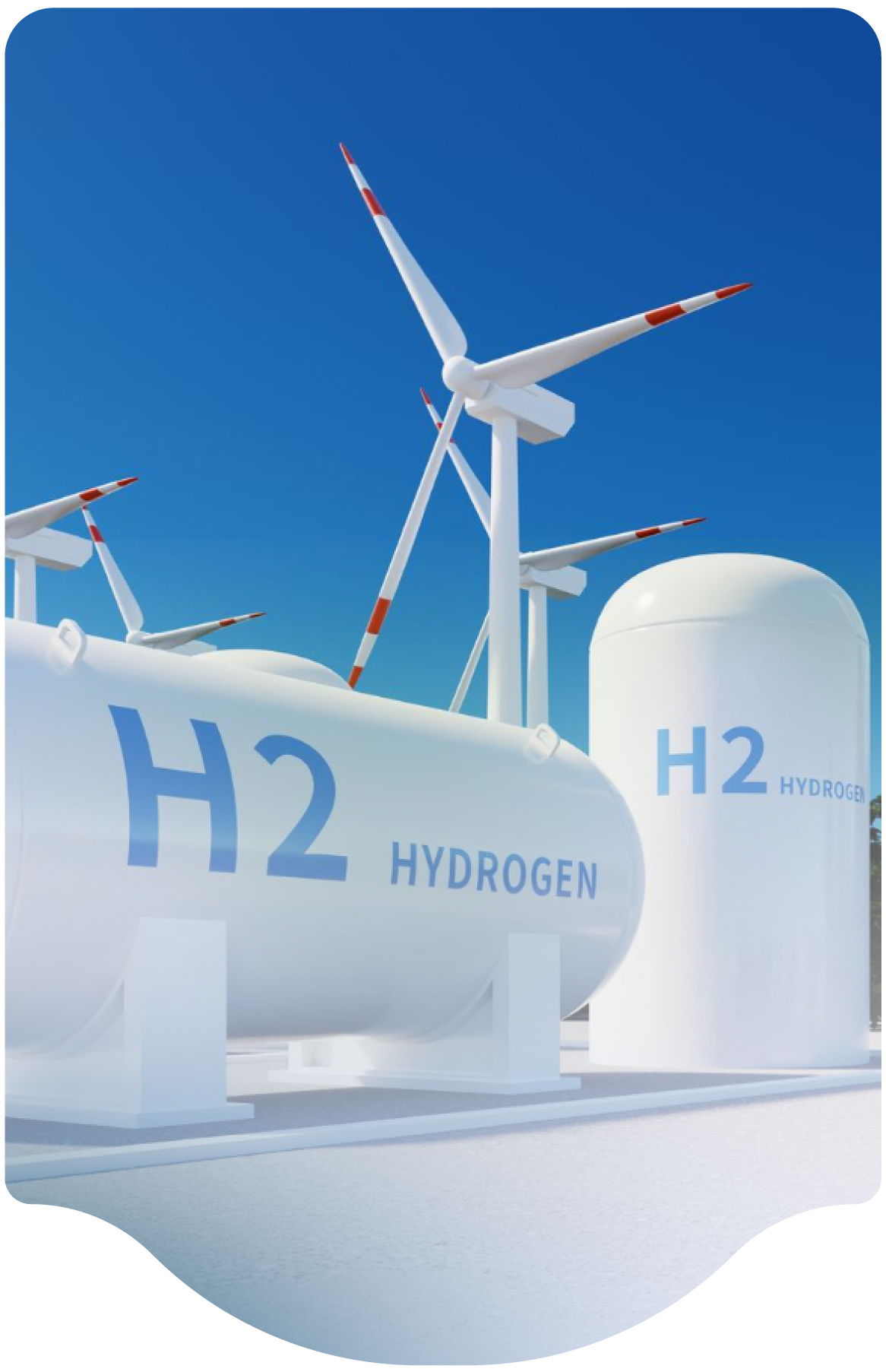- Home
-
Resources
- Center for Hydrogen Safety
- Hydrogen Fuel Cell Codes and Standards
- Learnings & Guidance
- Paper & References
- Web-based Toolkits
- Workforce Development

- Contact
- About H2Tools
- Welcome to the Hydrogen Tools Portal
- helpdesk@h2tools.org
FAQ
Frequently Asked Questions
Question & Answer
- 265 results found
- Clear All
Relief device sizing for liquid hydrogen tanks follow recognized standards such as CGA S1.3. The sizing criteria include a worst-case scenario of an engulfing fire with loss of vacuum integrity.
LH2 tanks are unlikely to BLEVE due to the vacuum insulation outer jacket (usually carbon or stainless steel) preventing direct impingement of fire onto the main pressure vessel, as well as the…
Category: Pressure Relief Devices
Yes, there are differences due to the differences in the fluid properties. We’re not sure what is meant by blowdown. If this means that should the gases be vented to a vent stack, possibly, but for certain these need to be vented to a safe location.
Category: System Design
Keywords: Vent, Vent Stack
There is currently a published ASME BPV Code Case describing pressure design requirements for pressure design of electrolyzers. If the Code Case is adopted by the jurisdiction where a new electrolyzer will be installed, the new electrolyzer will have to meet the requirements in the Code Case. The responsible ASME committee is working to revise the Code Case and intends to incorporate the Code…
Category: System Design
Keywords: Electrolyzer, Pressure Vessel, Codes
Applicable EU Directives frequently include the following:
· Low Voltage - 2014/35/EU
· Machinery - 2006/42/EC
· Electromagnetic Compatibility - 2014/30/EU, EMC
· Pressure Equipment - 2014/67/EU
· Restriction of Hazardous…
Category: System Design
Keywords: Power System, EU Directives, Regulations, Compliance, Standards
When it is necessary or desirable to work on a part of a hydrogen system while another part of the system remains in operation or in standby condition. An example is a system with two compressors, where one is normally operating and the other acts as an installed spare. The two block valves are closed, and the bleed (vent) valve is open. This arrangement assures that any hydrogen leaking…
Category: System Design
Keywords: Valves, Double block
Recommended limits of heat flux for various exposures is provided in documents such as API Standard 521, the International Fire Code, the National Fire Protection Association and the Society of Fire Protection Engineers. Selection of a specific thermal radiation level is dependent upon a risk analysis. Some salient exposures are listed below.
- 1,577 W/m2 (500 Btu/hr ft2) is defined…
Category: Miscellaneous
Water icing at the exit of a stack is certainly an issue in cold climates. Significant effort has been put into vent stack outlet design to minimize the probability. Documents such as CGA G5.5 have topworks that are recommended. Stacks that face upward have a higher probability of having water, ice, or snow enter the stack and freeze.
Category: Hazards Analysis
Keywords: Vent Stack, Temperature
The SRV orientation is critical for many reasons. Many of these are:
- Manufacturer recommendations – Manufacturers may require a certain orientation based on the internal design.
- To ensure no back pressure changes the setpoint beyond allowable design
- To ensure moisture does not enter the relief device. This is critical for the operation for LH2 and also for GH2 (in…
Category: System Design
Keywords: SRV, Design Basis, Pressure Relief Device, Vent System
The colors of hydrogen are not different hydrogen molecules. The colors represent the different methods to produce hydrogen. The colors are based on how much carbon is produced into the atmosphere during the manufacture of hydrogen.
That being said there is no difference in hydrogen vent systems design by color, only by the design parameters (i.e. temperature, pressure, flow rate,…
Category: Miscellaneous
Keywords: Vent System, Design Basis
It is normal for some air ingress to occur from the vent stack outlet. This is not a hazard if the stack has been properly designed to withstand an internal explosion or fire. Once hydrogen flow from a device is initiated, it will sweep out any air that might be in the stack. Generally, if the vent rate is insufficient to sweep the air out, then it’s also insufficient to freeze or liquefy air…
Category: Miscellaneous
Keywords: Vent Stack, Flow
We are professional and reliable provider since we offer customers the most powerful and beautiful themes. Besides, we always catch the latest technology and adapt to follow world’s new trends to deliver the best themes to the market.
Contact info
We are the leaders in the building industries and factories. We're word wide. We never give up on the challenges.
- 2 Queen Street,California, USA
- (+84) 04 123 456
- :Helpdesk@h2tools.org
